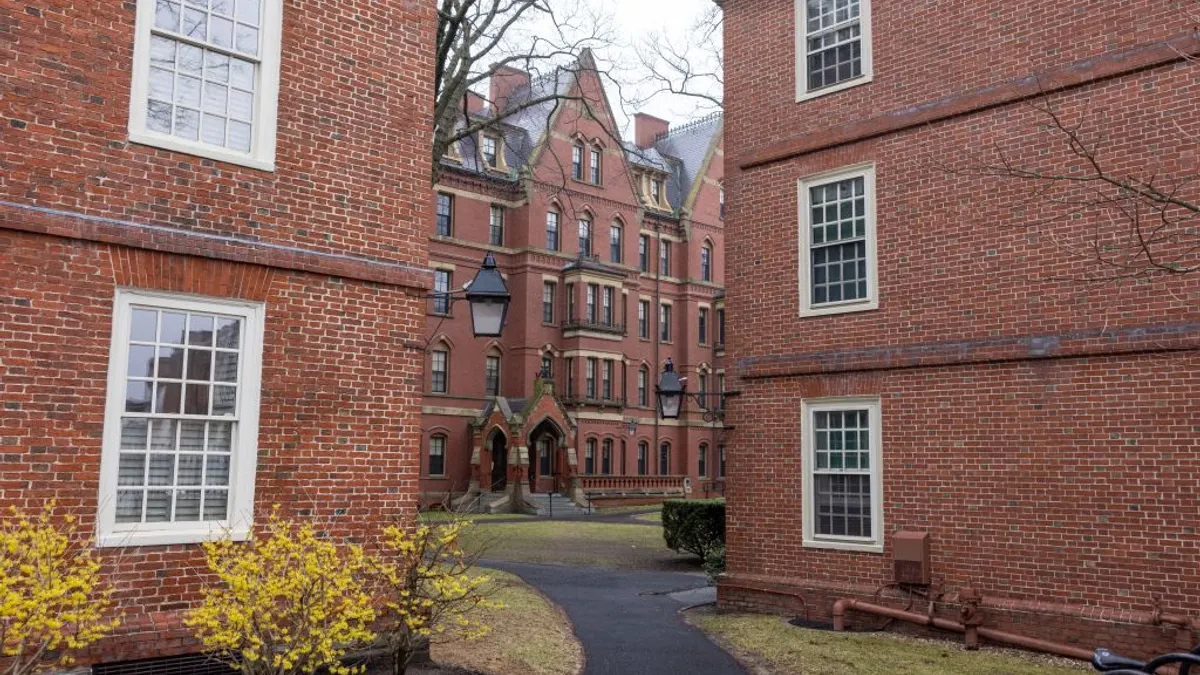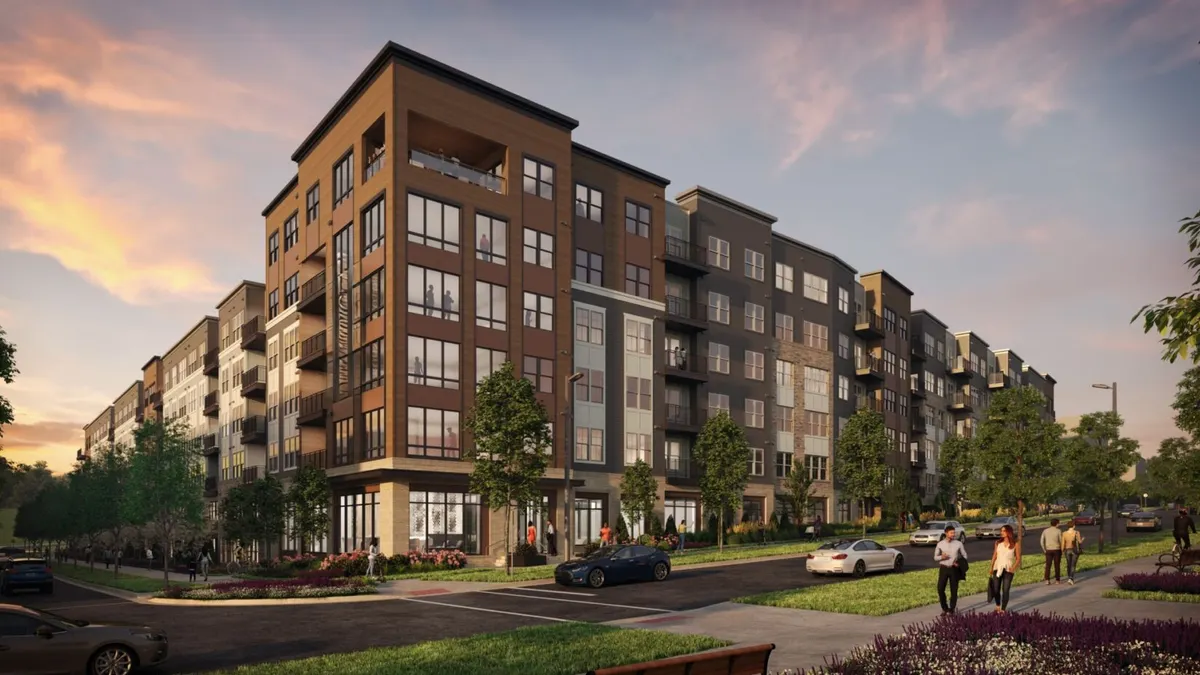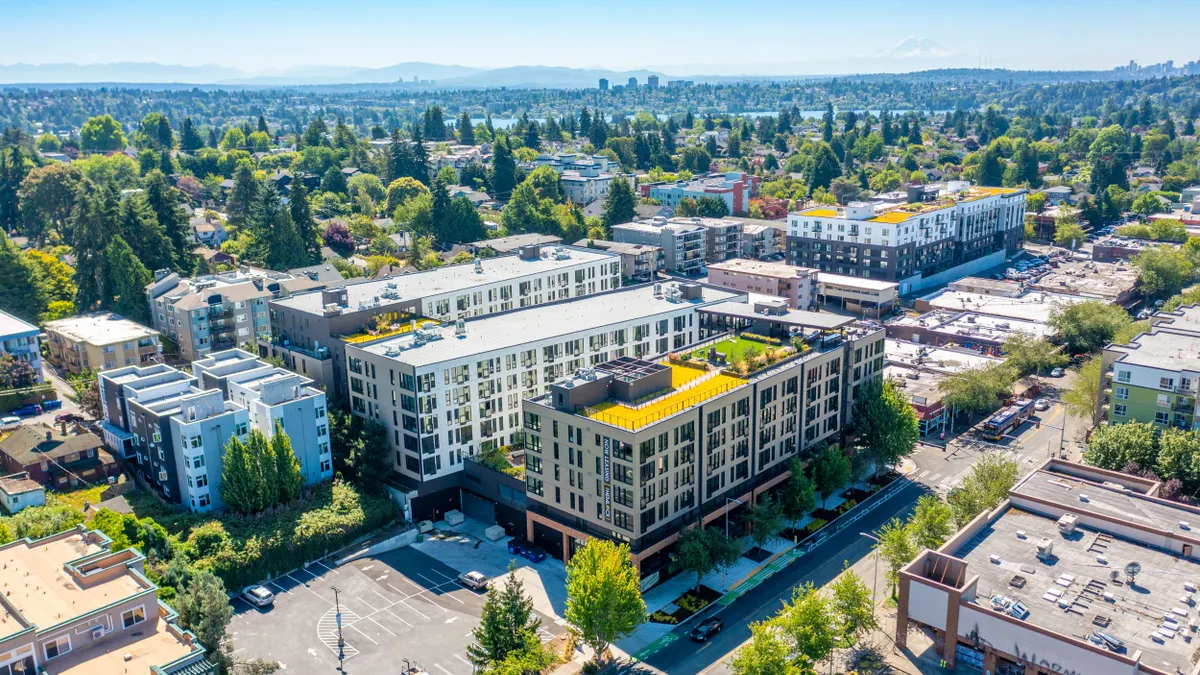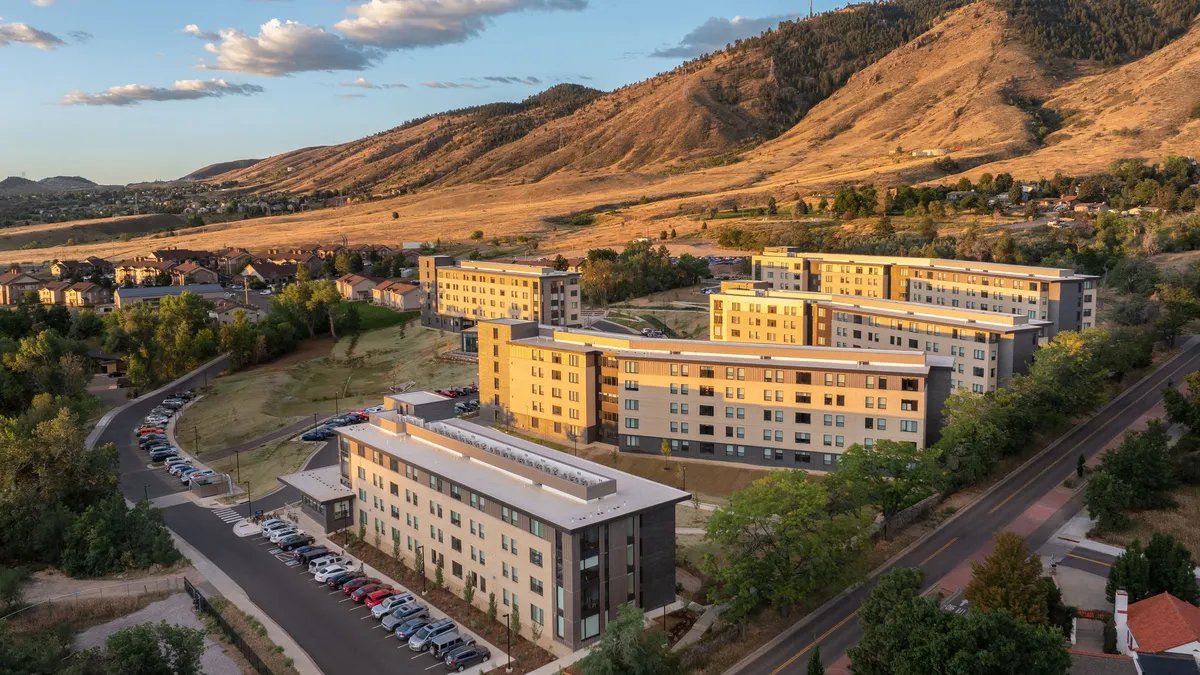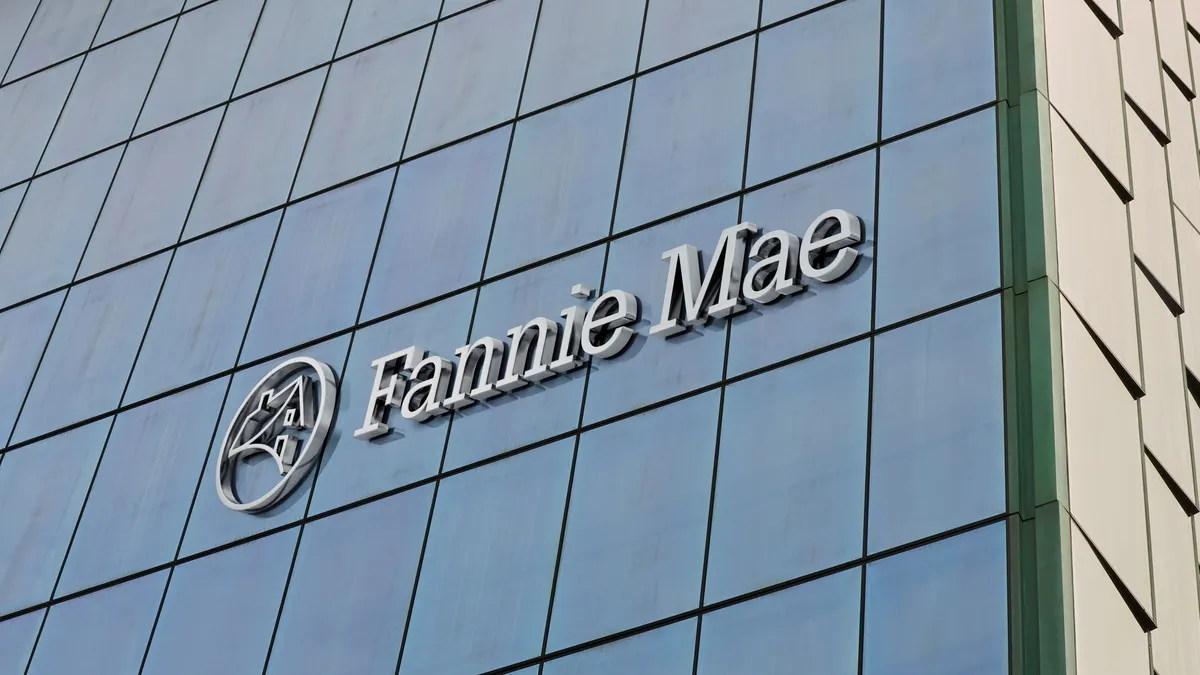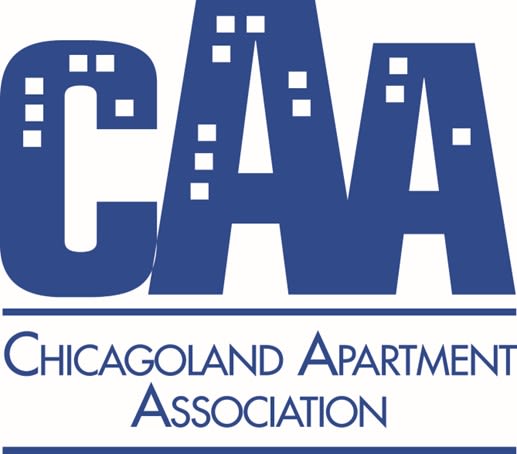Justin Glasgow is managing director, national director of Northmarq Student Housing, based in Washington, D.C. He leads Northmarq’s specialty group dedicated to investment sales advisory and debt and equity placements for institutional and private capital student housing properties.
Opinions are the author’s own.
For years, student housing investors have focused almost entirely on the Power Four conferences: the ACC, Big Ten, Big 12 and SEC. The logic was simple. These schools had the largest applicant pools, steady enrollment growth and strong on-campus investment. Liquidity followed because most buyers and sellers shared the same view of what defined a safe market.
History supports that belief. Power Four schools have held up across multiple cycles. Yet they are not the only places where investors can find stability or growth.

This year Northmarq launched its first National Student Housing Investor Survey to understand how investors are thinking about the sector. We wanted to know where capital is moving, how people assess risk and which markets offer the most interest.
The responses produced a clear signal.
More than 85% of participants said they would consider investing outside the Power Four. Many highlighted universities with enrollments between 10,000 and 20,000 students. Beyond those, a wide range of regional public universities are seeing steady enrollment growth, with several offering little to no new supply and accessible tuition levels.
Why investors are considering a wider set of schools
The shift comes down to basic supply and demand. A large share of capital is chasing a small group of schools. The Power Four includes 68 universities that serve roughly 2 million to 2.2 million students. Almost every buyer wants exposure to those markets, which drives up pricing and compresses yields.
Survey respondents said they are spending more time in markets where enrollment is growing, and the supply of purpose-built beds is limited. Some of these opportunities come from spillover effects. In states where the flagship public university cannot absorb all qualified students, selective regional campuses often see steady gains. Many of these schools are Carnegie R1 institutions with strong academic reputations, even if they are not household names.
Capital influence can also shape where investors look. If equity partners ask operators to consider markets beyond the Power Four, attention tends to shift.
We are seeing this in real time. James Madison University received nearly 45,000 undergraduate applications for 2025, a 7% increase. The University of Texas at San Antonio now enrolls more than 38,000 students, also up 7%. They may not have the national visibility of Ohio State, but they attract strong students, compete athletically and invest in campus life. Housing demand often follows.
Risks that remain in the conversation
Investors still raise valid concerns when smaller markets are discussed. Liquidity is the most common question. A market with only a few purpose-built properties will see fewer trades and a narrower buyer pool when it is time to sell.
Some also worry about the financial stability of smaller schools. Universities with only a few thousand students can face structural pressures. That is not typical for schools in the 10,000 to 20,000 range, but the perception persists.
The clearest indicator of stability is enrollment growth. When a university adds students each year in a market that already lacks enough beds, the supply-and-demand imbalance can reduce volatility even outside the Power Four.
What this shift means for investors, lenders and operators
For investors, the definition of core may be broadening. A school does not need national brand recognition to deliver strong occupancy or consistent preleasing. Returns in these markets can be more attractive, although liquidity remains the trade-off.
Lenders often look closest at enrollment trends, rent-to-income levels and proximity to campus. These factors matter even more at regional schools with smaller endowments. Many of these universities act as regional anchors. They employ thousands of residents and support local economies, which reinforces housing demand.
For operators and developers, growth opportunities are emerging in places that received little attention a decade ago.
What comes next
The Power Four will continue to see the most activity. That will not change quickly. When investors find steady enrollment, limited supply and pricing that makes sense, they are willing to consider markets that were once overlooked.
Student housing has already shown how fast it can rebound. After the financial crisis and again after the pandemic, the sector recovered quickly. Yardi reported preleasing at 93.7% across 200 universities in 2025. Interest in the space is as strong as I have seen in my career.
The next chapter may not be defined by a single group of conferences. It may be defined by the universities that continue to grow, invest in student experience and attract demand, whether or not they sit inside the Power Four.
Click here to sign up to receive multifamily and apartment news like this article in your inbox every weekday.


